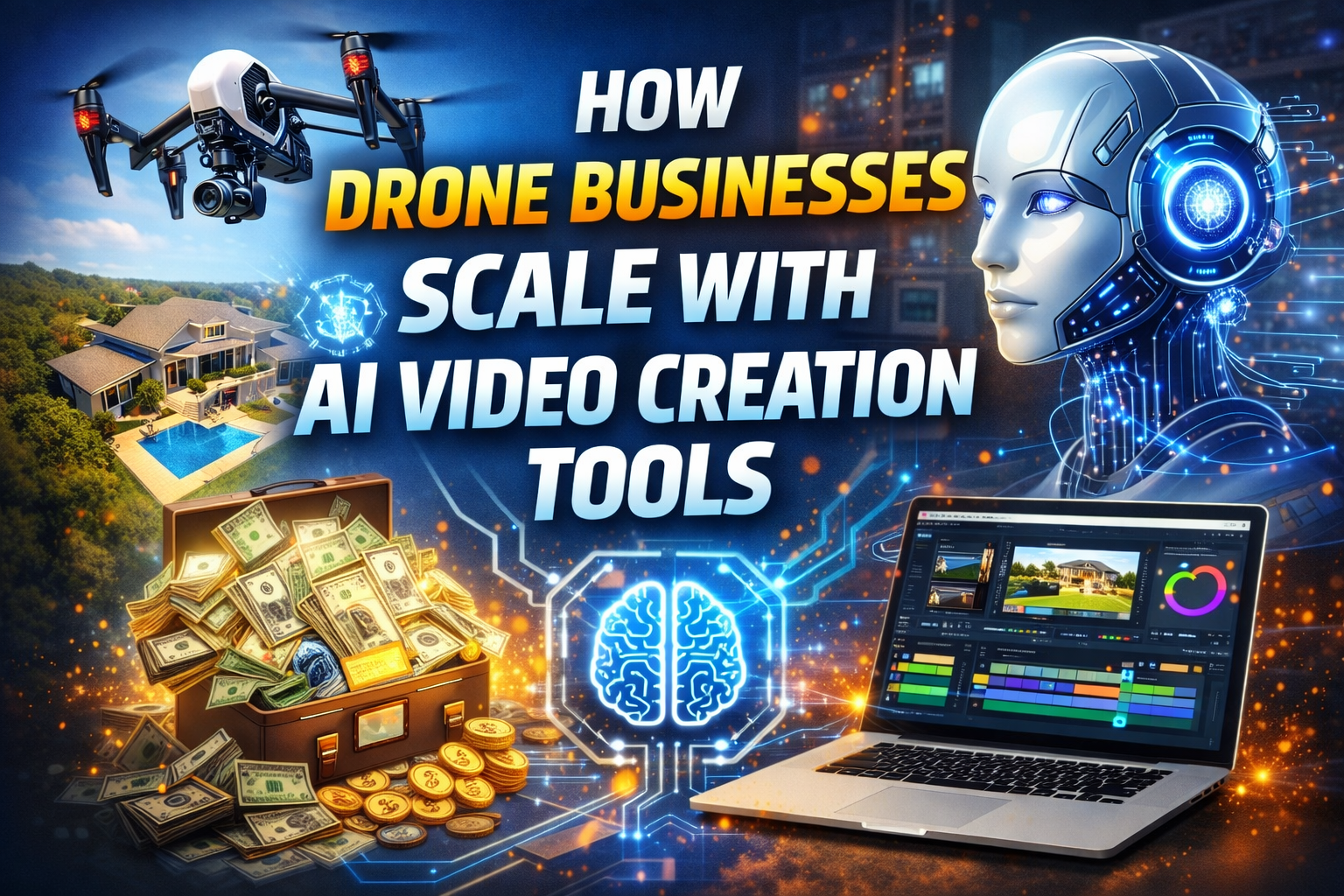In recent years, virtual tours have emerged as a revolutionary tool in education and museums, providing immersive experiences that transcend geographical barriers. These digital platforms allow students and art enthusiasts alike to explore renowned institutions from the comfort of their homes, making art and history more accessible than ever.
Key Takeaways
- Virtual tours enhance accessibility for students and museum-goers.
- They provide interactive and engaging experiences that traditional visits cannot match.
- Institutions are leveraging technology to create innovative educational tools.
The Rise of Virtual Tours in Education
Virtual tours have become an essential part of modern education, especially during the pandemic when physical visits were limited. Schools and universities are increasingly incorporating these digital experiences into their curricula. Here are some notable examples:
- University of Colorado Anschutz Medical Campus: The campus launched a VR-enabled virtual tour showcasing its facilities, including the School of Medicine and the Health Sciences Library. This initiative not only aids in recruitment but also provides a comprehensive view of the campus for prospective students.
- Interactive Learning: Many educational institutions are using virtual tours to create interactive learning experiences. Students can explore historical sites, museums, and even scientific laboratories, enhancing their understanding of complex subjects through visual engagement.
Museums Embracing Virtual Reality
Museums worldwide are adopting virtual reality (VR) and 360-degree tours to enhance visitor engagement. This technology allows for a more immersive experience, enabling users to explore exhibits in detail. Some standout examples include:
- Musée d’Orsay, Paris: Offers a virtual reality experience that allows visitors to step into Van Gogh's world, exploring his techniques and masterpieces interactively.
- The Louvre: Launched a VR experience titled "Mona Lisa: Beyond the Glass," which provides insights into the painting's history and details through interactive design.
- Natural History Museum, London: Developed an educational VR experience called "Hold the World," where users can meet Sir David Attenborough and learn about rare specimens from the museum's collection.
Benefits of Virtual Tours
The integration of virtual tours in education and museums presents numerous advantages:
- Accessibility: Virtual tours break down barriers for individuals with mobility challenges or those living far from major cultural institutions.
- Engagement: Interactive elements, such as 360-degree views and audio narrations, captivate users and enhance their learning experience.
- Cost-Effectiveness: Institutions can reach a broader audience without the costs associated with physical exhibitions or travel.
Challenges and Considerations
Despite the benefits, there are challenges associated with implementing virtual tours:
- Cost of Technology: Developing high-quality virtual experiences can be expensive, requiring investment in software and hardware.
- User Experience: Some users may experience discomfort or disorientation when using VR technology, which can limit its effectiveness.
- Hygiene Concerns: Shared VR equipment can pose hygiene issues, necessitating regular cleaning and maintenance.
The Future of Virtual Tours
As technology continues to evolve, the future of virtual tours in education and museums looks promising. Institutions are likely to:
- Expand their digital offerings to include more interactive and immersive experiences.
- Collaborate with tech companies to enhance the quality and accessibility of virtual tours.
- Use data analytics to understand user engagement and improve content delivery.
In conclusion, virtual tours are not just a temporary solution but a transformative approach that is reshaping how we experience education and culture. As more institutions embrace this technology, the potential for learning and exploration will only continue to grow, making art and history accessible to all.
Sources:














.png)



.png)





.png)

.png)





